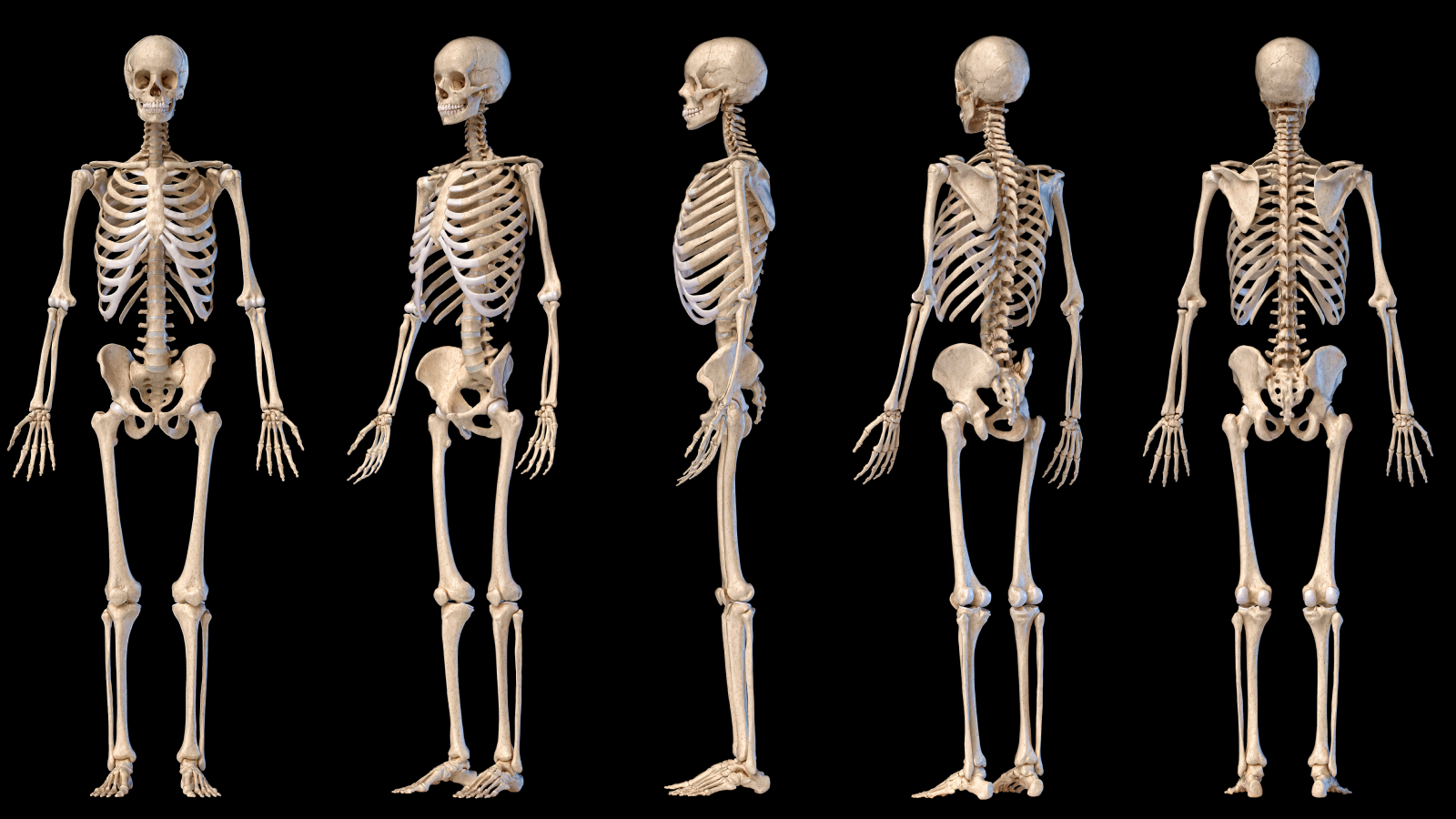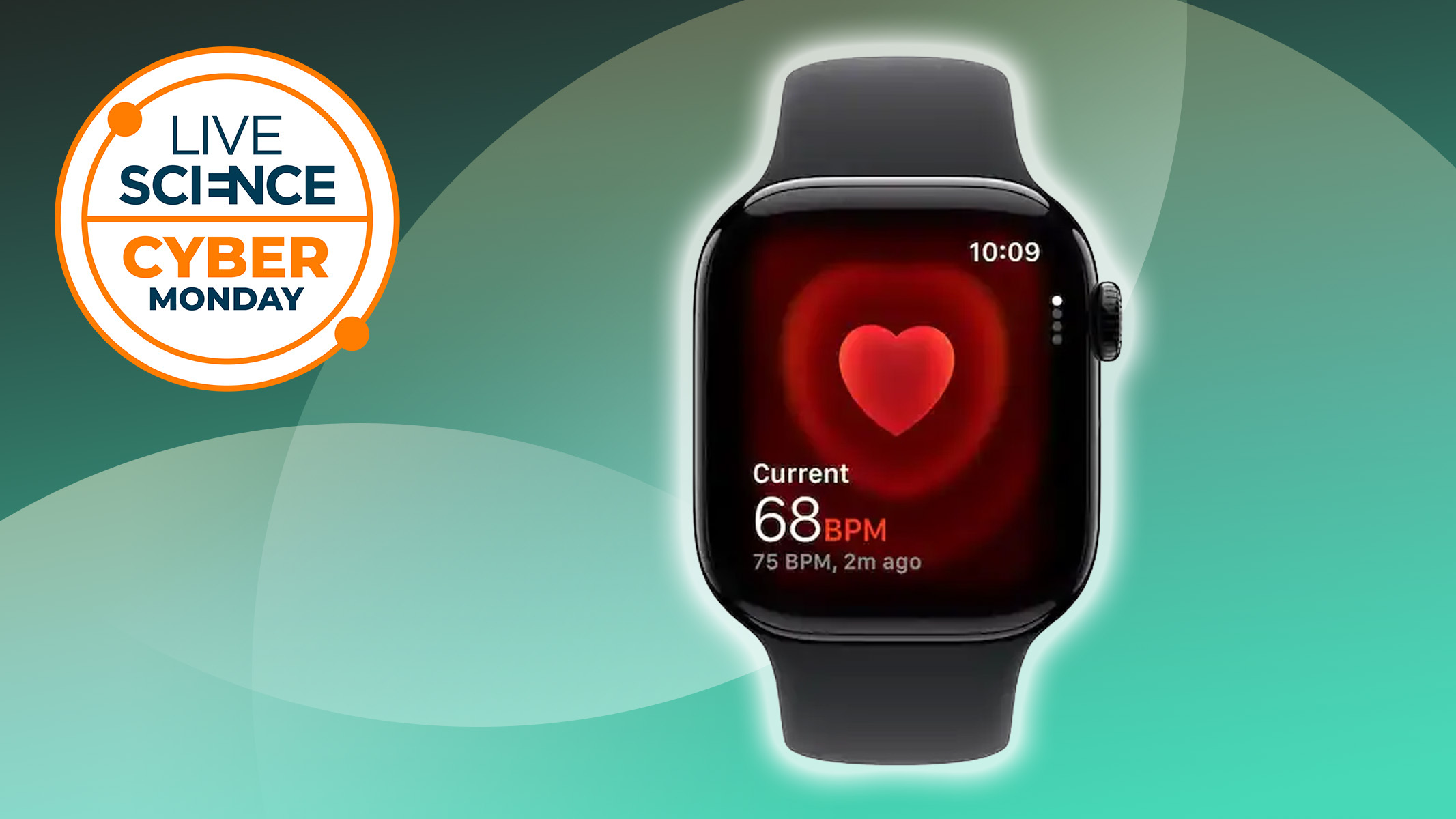Human skeleton quiz: What do you know about the bones in your body?
Do you have what it takes to be a bone-ified quiz champion?

The human skeleton — our internal framework that includes bones and cartilage — evolved over millions of years. It comprises an axial skeleton, which consists of the skull and the spine, as well as an appendicular skeleton, which includes the shoulders, hips, arms and legs.
One of the main functions of the skeleton is to protect our squishy internal organs, but another important function is to help us move; bones act as levers with the assistance of muscles, tendons and ligaments.
Our jaws and teeth are also part of our skeleton, helping us eat and talk. From the top of our parietal bones to the bottom of our tiniest toe phalanges, our skeletons are a key part of our everyday lives.
How much do you know about your skeleton? Start our spine-tingling quiz below to find out.
Remember to log in to put your name on the leaderboard; hints are available if you click the yellow button!
No guts, no glory!
More science quizzes
—Conspiracy theory quiz: Test your knowledge of unfounded beliefs, from flat Earth to lizard people
Get the world’s most fascinating discoveries delivered straight to your inbox.
—Brain quiz: Test your knowledge of the most complex organ in the body
—Heart quiz: What do you know about the body's hardest-working muscle?

Kristina Killgrove is a staff writer at Live Science with a focus on archaeology and paleoanthropology news. Her articles have also appeared in venues such as Forbes, Smithsonian, and Mental Floss. Kristina holds a Ph.D. in biological anthropology and an M.A. in classical archaeology from the University of North Carolina, as well as a B.A. in Latin from the University of Virginia, and she was formerly a university professor and researcher. She has received awards from the Society for American Archaeology and the American Anthropological Association for her science writing.
You must confirm your public display name before commenting
Please logout and then login again, you will then be prompted to enter your display name.
